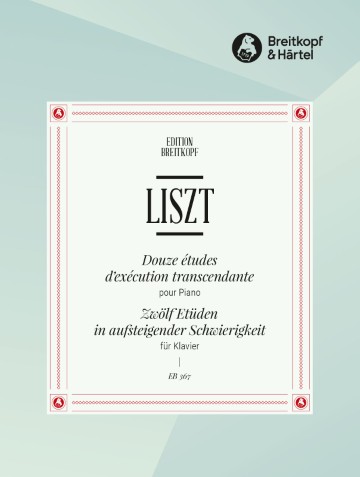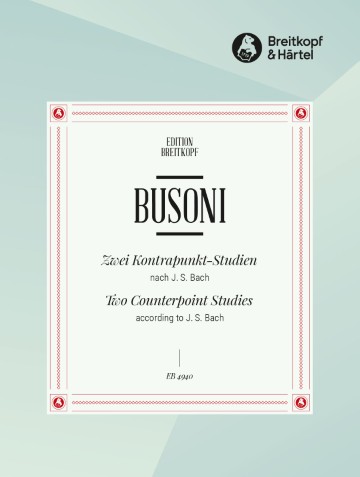Wenn Weihnachten ist
Very Easy Settings

You are looking for the best-known classics among Christmas carols in a handy collection? With “Wenn Weihnachten ist” you have found it. The piano parts…
R.R.P 14
Our Price: 12
Digital Download – PDF
Please create and forward a copy of this publication to the customer




